POETIC STRATEGIES
Imagining other worlds through stories, objects, exhibitions, interiors.
Design Research
Design Fiction & Speculative Design
Social Design
Curation
Creative Consultancy
Exhibition & Interior Design
Imagining other worlds through stories, objects, exhibitions, interiors.
Design Research
Design Fiction & Speculative Design
Social Design
Curation
Creative Consultancy
Exhibition & Interior Design
5 Tales of Emerging Technologies (Selection)
1 King GAFA and the Magical 0-1 Crop
2 City of Temperaments
3 Flirt
4 The Critical Caryatids
5 Vienna Summer Scouts
1 King GAFA and the Magical 0-1 Crop
2 City of Temperaments
3 Flirt
4 The Critical Caryatids
5 Vienna Summer Scouts

STADT DER TEMPERAMENTE
for MAK Wien and wien 3420
A smart building in Wien Aspern accomodates four very different characters - conflict inevitable. Scenes from a smart neighbourhood, in a play written for Vienna Biennale 2019.
with Mia Meus
︎ Current Exhibition
showroom 3420 aspern
for MAK Wien and wien 3420
A smart building in Wien Aspern accomodates four very different characters - conflict inevitable. Scenes from a smart neighbourhood, in a play written for Vienna Biennale 2019.
with Mia Meus
︎ Current Exhibition
showroom 3420 aspern
 "Everything could be oh so simple if people were to behave a bit more like I expect them to. But this house is just unpredictable..." Mrs. Volt, private power plant owner, prioritises prognosis over people and loves graphs and figures. She’s one of four characters of “Stadt der Temperamente”.
"Everything could be oh so simple if people were to behave a bit more like I expect them to. But this house is just unpredictable..." Mrs. Volt, private power plant owner, prioritises prognosis over people and loves graphs and figures. She’s one of four characters of “Stadt der Temperamente”.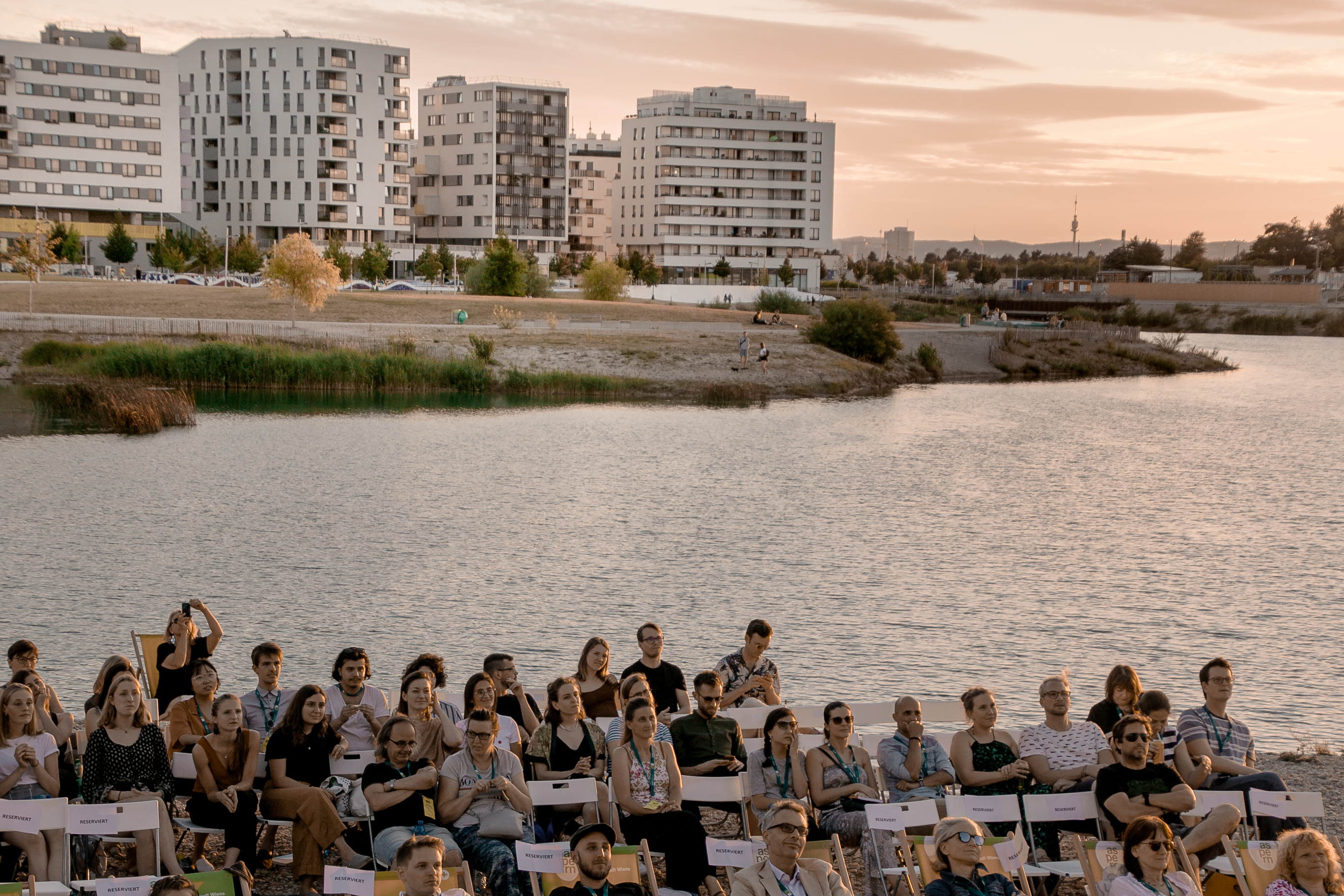
Building a new city part out of nowhere is a huge chance – to think about the ways inhabitants interact with their city and each other, to critically reflect on the effects new technology has on the quality of living, and to observe how people use, misuse and refuse smart home systems. In order to make the extensive research conducted by ASCR in Aspern publically accessible to a broader audience, we decided to wrap it in a story – a story that everybody could relate to, because we’ve all been through neighbourly troubles and have maybe even had a little crush on the new tenant on floor 1.
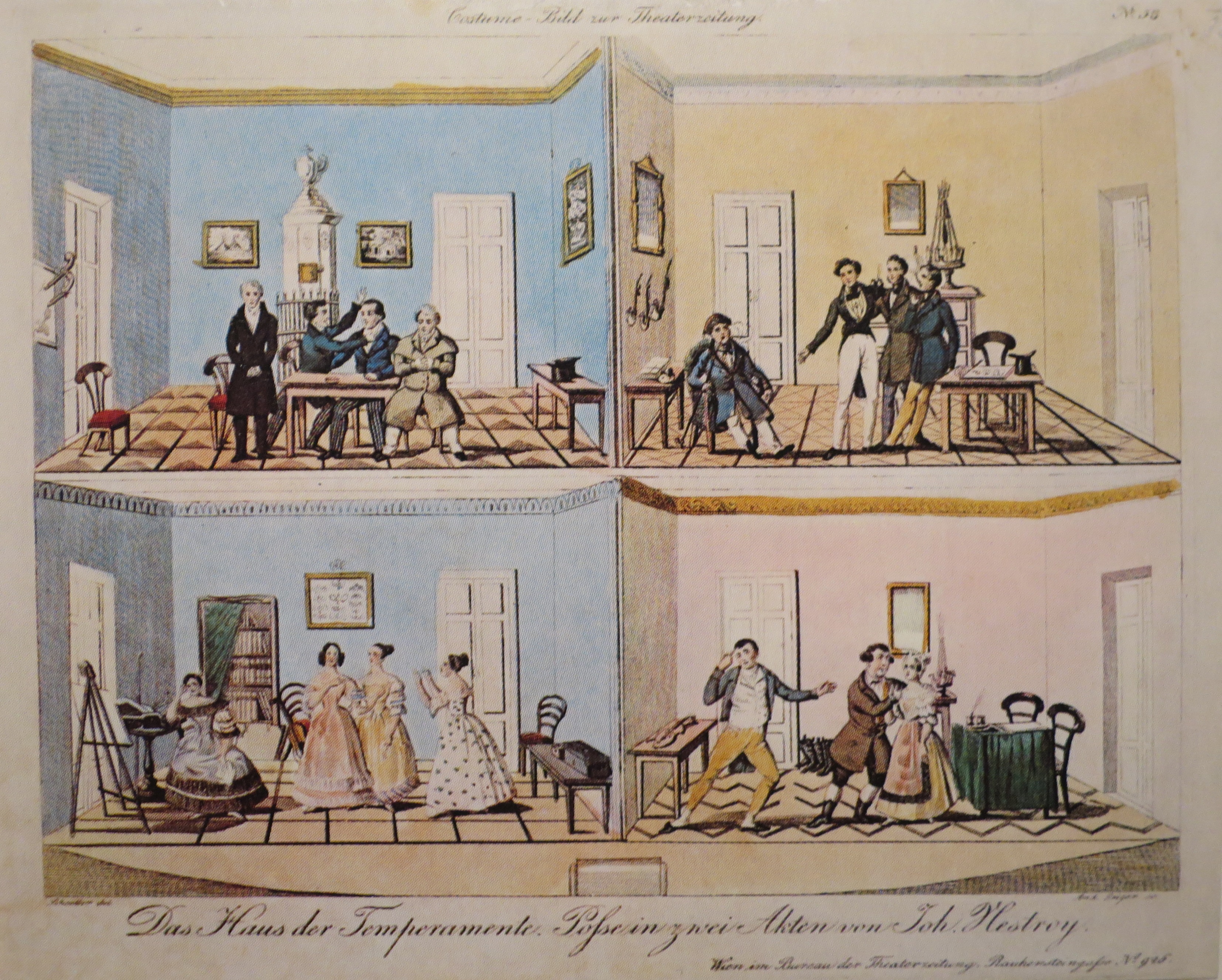
 Loosely based on Nestroy's farce "Das Haus der Temperamente", in which four families with different temperaments inhabit an apartment building, "Stadt der Temperamente" (City of Temperaments) tells the story of four inhabitants of a smart building in aspern Seestadt, who get caught up in conflicts due to their different habits and expectations about what it means to live “smart”. In four colours and on four floors, the designers play with the absurd, they charge artificial intelligence with passion, driving it to extremes and thus into the chaos of tomorrow’s smart togetherness. The play was performed on July 5 and 6 at the Flederhaus in Vienna Aspern, Seestadt, as part of the MAK Biennale 2019.
Loosely based on Nestroy's farce "Das Haus der Temperamente", in which four families with different temperaments inhabit an apartment building, "Stadt der Temperamente" (City of Temperaments) tells the story of four inhabitants of a smart building in aspern Seestadt, who get caught up in conflicts due to their different habits and expectations about what it means to live “smart”. In four colours and on four floors, the designers play with the absurd, they charge artificial intelligence with passion, driving it to extremes and thus into the chaos of tomorrow’s smart togetherness. The play was performed on July 5 and 6 at the Flederhaus in Vienna Aspern, Seestadt, as part of the MAK Biennale 2019.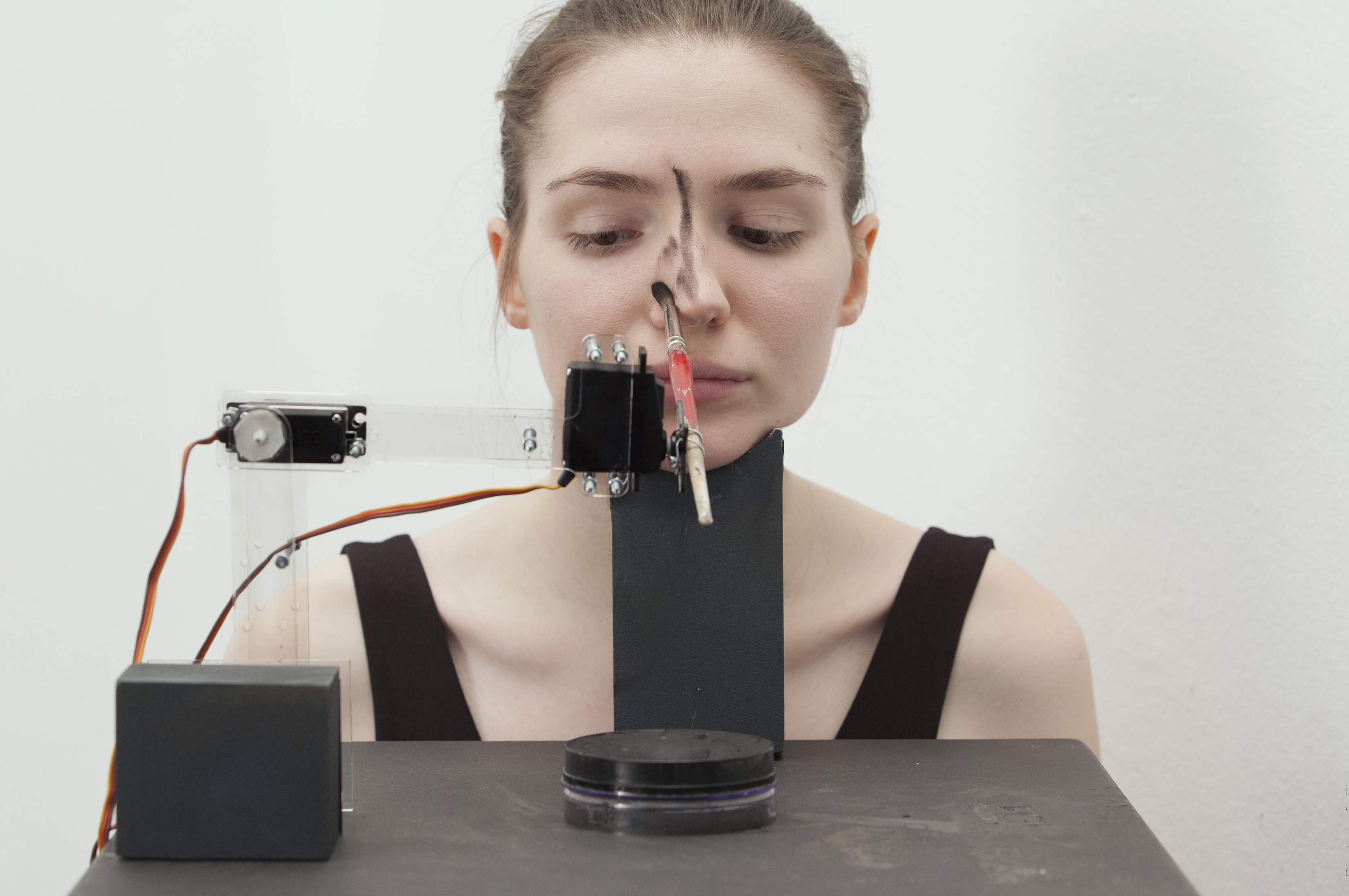
BEAUTIFICATION
Would you trust a robot to do your make-up? Three little machines with different degrees of freedom to challenge our ideas of beauty and investigate what it really means to put trust in a machine.
a project with Maya Pindeus
︎Shown at:
(F) Design Biennale Internationale St Etienne 2015
(RU) Bal Robotov Moskau 2015
(I, PL, CZ, A) „Austrian Design Explosion“
(UK) London Stylist, Robot Take-Over
(ISR) Printscreen Festival Tel Aviv, Israel
a project with Maya Pindeus
︎Shown at:
(F) Design Biennale Internationale St Etienne 2015
(RU) Bal Robotov Moskau 2015
(I, PL, CZ, A) „Austrian Design Explosion“
(UK) London Stylist, Robot Take-Over
(ISR) Printscreen Festival Tel Aviv, Israel
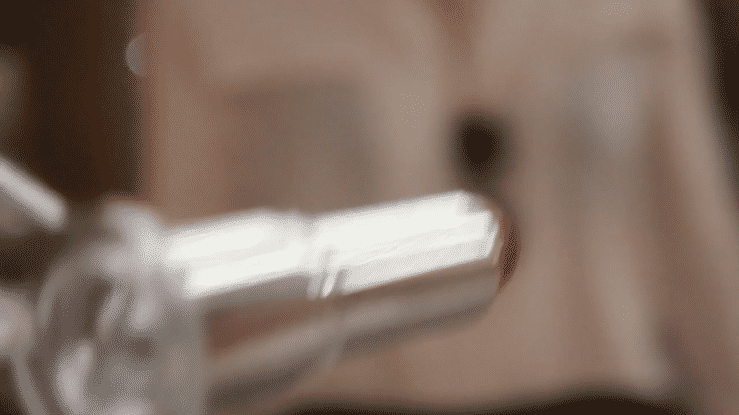 “The first robot puts on lipstick - it’s not very smart, just a dc motor drawing the same ellipses, but still, it leaves in people's faces the traces of how well they worked together with the robot. As banal as the machine is, it does touch a key point of automation - that when we work with a standardised idea of something, in this case of a mouth, or lips, there will be different results for everybody, and there might even be problems for those who don't comply or fit into this norm. I smile a lot, so I always had the lipstick on my teeth. ”
“The first robot puts on lipstick - it’s not very smart, just a dc motor drawing the same ellipses, but still, it leaves in people's faces the traces of how well they worked together with the robot. As banal as the machine is, it does touch a key point of automation - that when we work with a standardised idea of something, in this case of a mouth, or lips, there will be different results for everybody, and there might even be problems for those who don't comply or fit into this norm. I smile a lot, so I always had the lipstick on my teeth. ”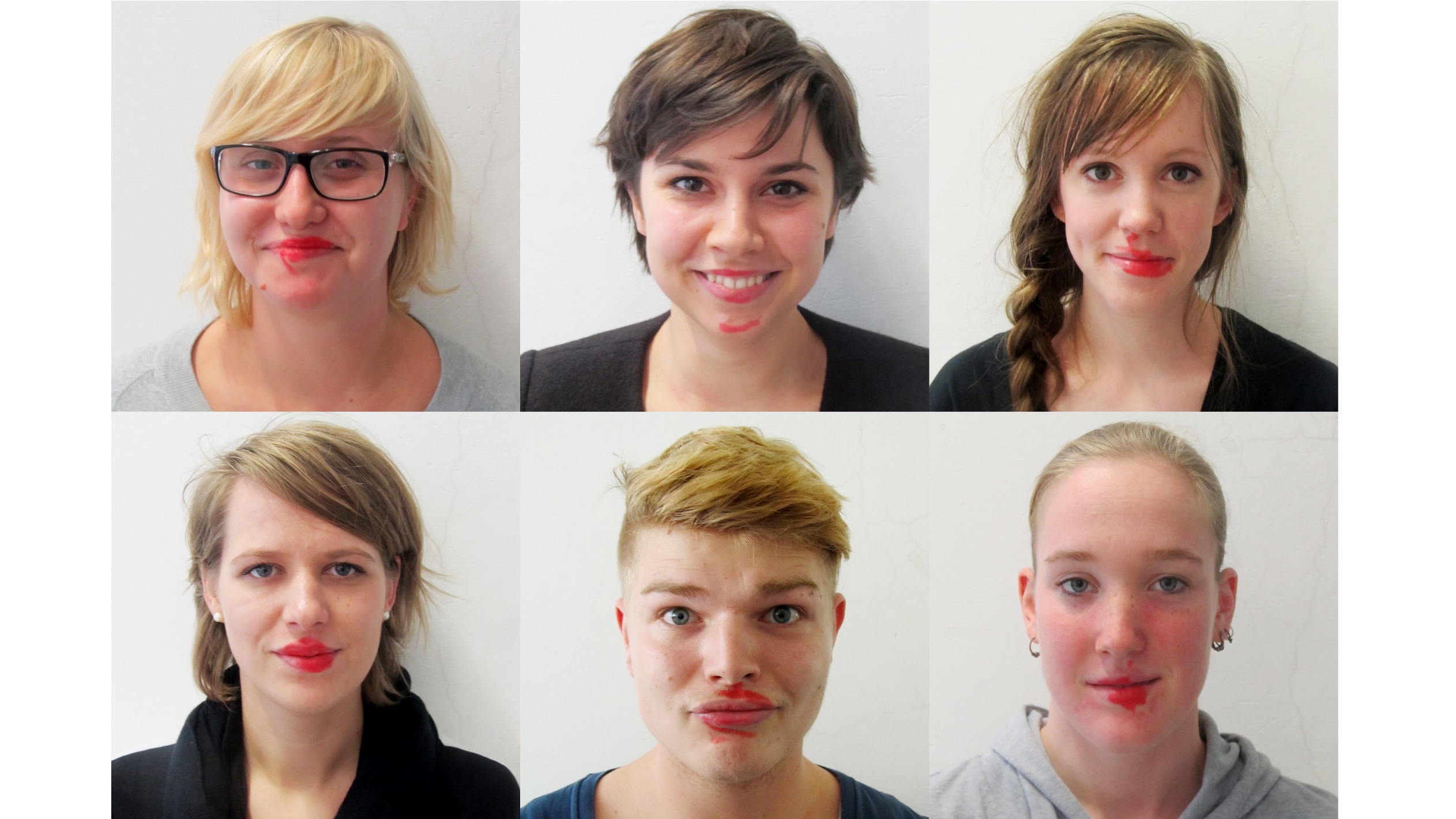

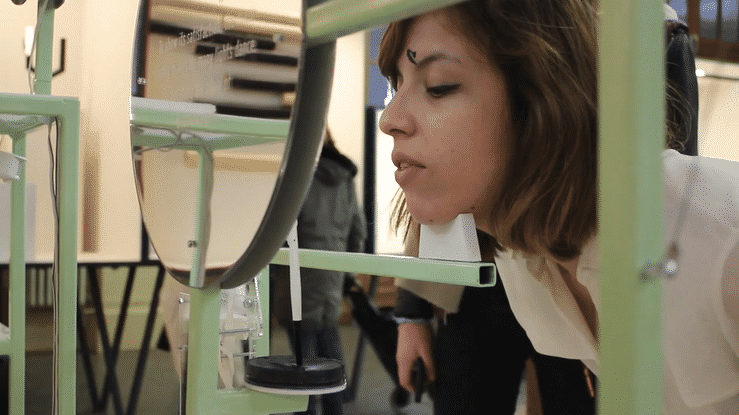

“The truth is that while working on it, the project gave us dystopian vibes, and when we set it up, the interaction was so charming... and this felt like a revelation: that there can be some kind of intimacy between a machine and a human. I think that we need this charm, we need poetry and humour in this discussion. And we need positive future scenarios. It's very easy to scare people, because we live in a very complex world, and anything that we can't imagine scares us.”
Fairytale:
KING GAFA
AND THE MAGICAL ZERO-ONE CROP
![]()
Google – Apple – Facebook – Amazon. Providing central intersection points of data flow worldwide, online companies have quickly risen to incredible power. Their devices and services offer fun and convenience - but they have entangled us in a system that generates value from our data, without our effectively informed consent. We have become peasants, sowing and harvesting massive amounts of data for the greedy King.
What happens in his castle? And what truth lies in the rumours about the terrible creatures hiding in the King’s dungeon?
A fairtale to challenge our internet behaviour and spark a conversation about data sovereignty.
︎ We’re currently working on King GAFA – The Book, which will be out spring 2024 in Croatian and English.
KING GAFA
AND THE MAGICAL ZERO-ONE CROP

Google – Apple – Facebook – Amazon. Providing central intersection points of data flow worldwide, online companies have quickly risen to incredible power. Their devices and services offer fun and convenience - but they have entangled us in a system that generates value from our data, without our effectively informed consent. We have become peasants, sowing and harvesting massive amounts of data for the greedy King.
What happens in his castle? And what truth lies in the rumours about the terrible creatures hiding in the King’s dungeon?
A fairtale to challenge our internet behaviour and spark a conversation about data sovereignty.
︎ We’re currently working on King GAFA – The Book, which will be out spring 2024 in Croatian and English.



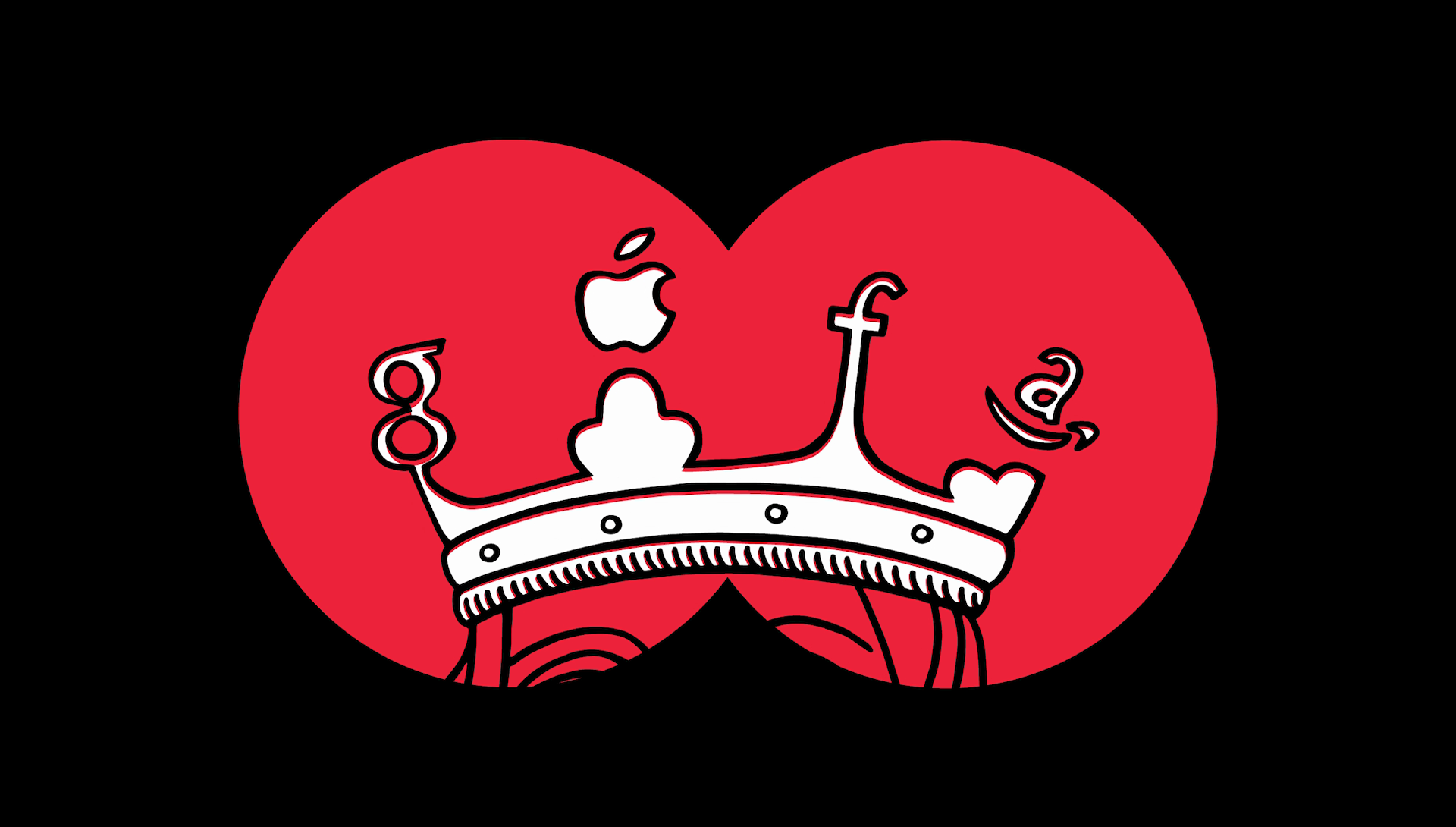
OUR NEW DINING SERVER
With this series of illustrations, I imagine how we might physically store our private information and data in our homes rather than in data farms. At a time when most of our private information, personal photographs and correspondence are stored digitally in vast server farms, I want to explore how design can respond to the changing concept of privacy.
![]()
With this series of illustrations, I imagine how we might physically store our private information and data in our homes rather than in data farms. At a time when most of our private information, personal photographs and correspondence are stored digitally in vast server farms, I want to explore how design can respond to the changing concept of privacy.

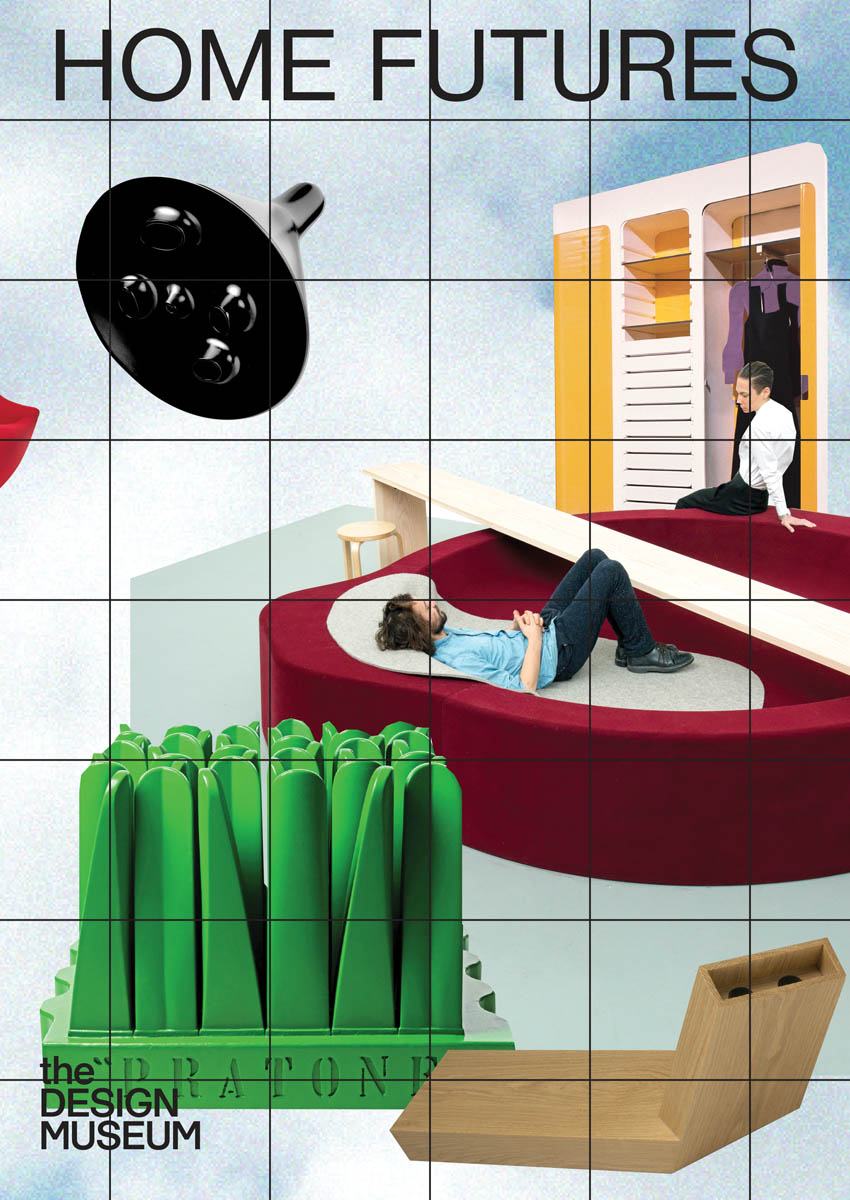
︎ You can buy the fantastic exhibition catalogue for “Home Futures”, featuring this and many more projects regarding past and present imagination of our future homes here
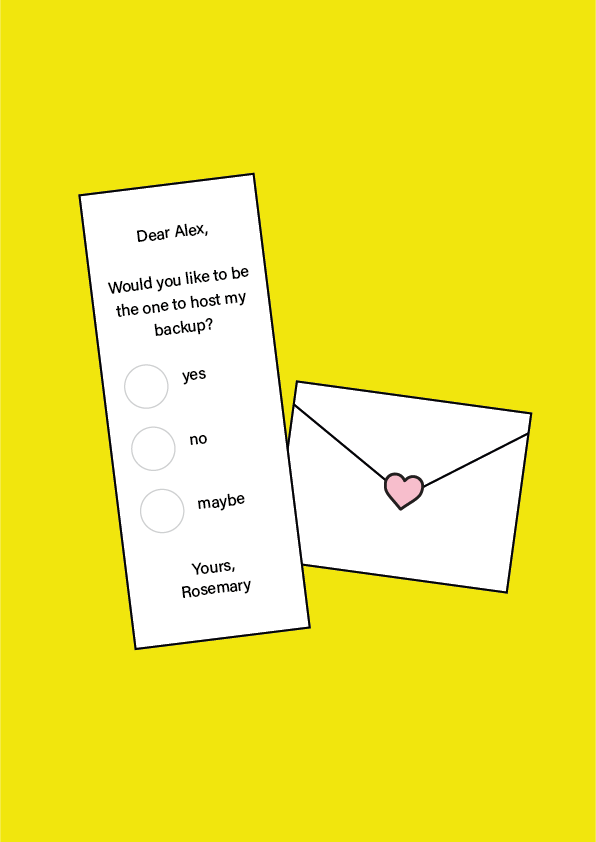
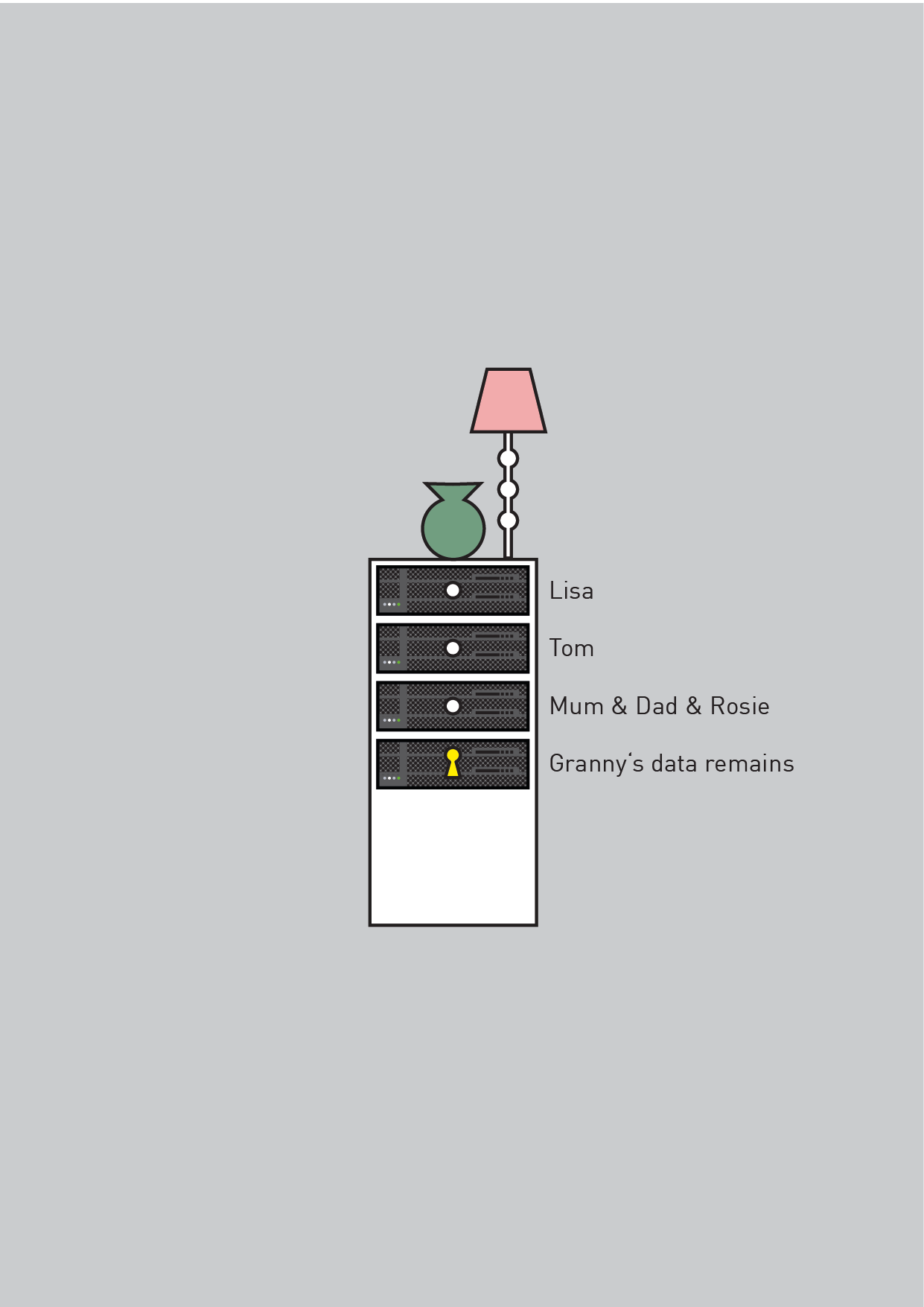

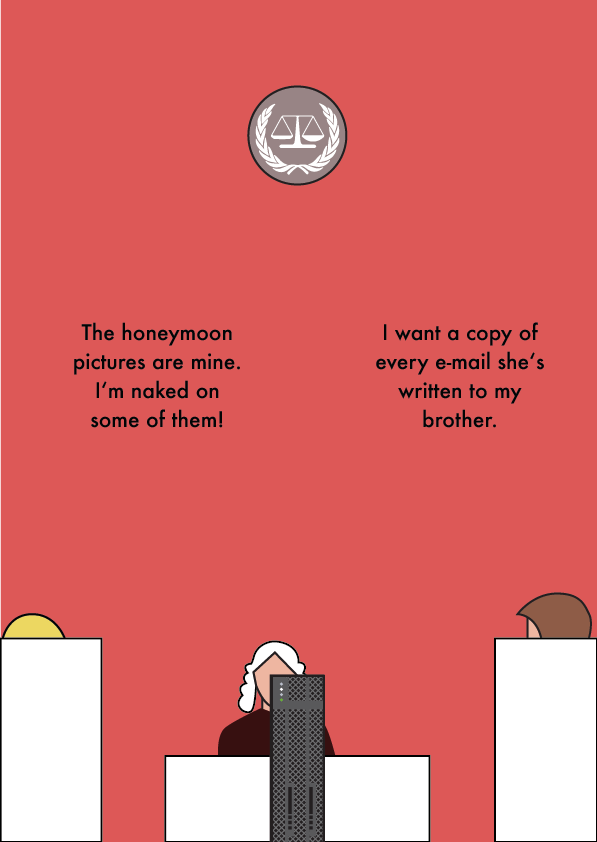
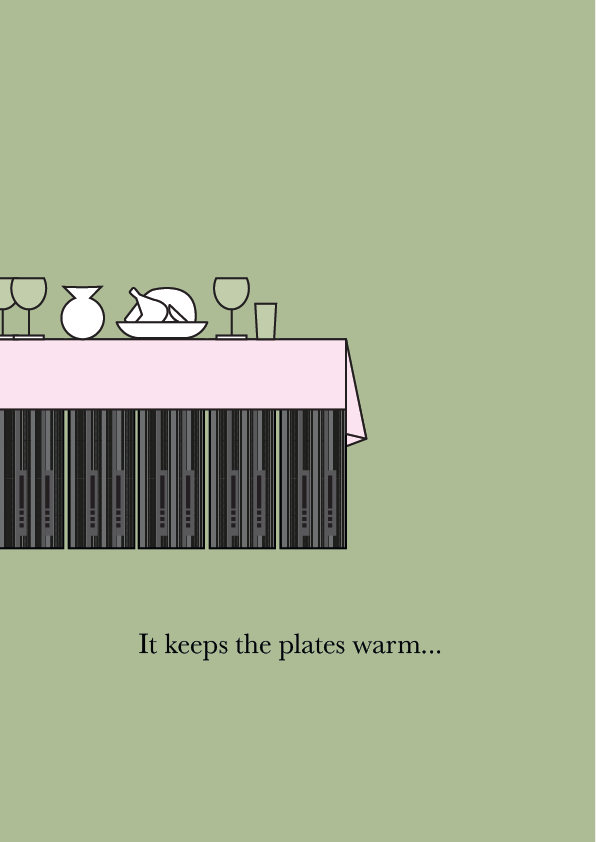
︎ This series was started during the research phase for KING GAFA, a project by Felix Lenz, Kati Zakilova, Fabio Hofer, and myself.

(c) Studio PSK
BAD NEWS BOT
Robots are taking over jobs previously done by humans - and we are quick to assume it is the monotonous, mechanically precise, repetitive tasks that we lose to them first - but what of the most uncomfortable ones; jobs, that are not rewarding, tasks that we do not enjoy? Who likes to tell their employees that the company has decided to let them go?
︎︎︎ Context
This project was created during my internship with Studio PSK in London for Design Festival London 2016. Find more infos and Giulia Garbin’s wonderful illustrations ︎︎︎here!
︎︎︎ Context
This project was created during my internship with Studio PSK in London for Design Festival London 2016. Find more infos and Giulia Garbin’s wonderful illustrations ︎︎︎here!
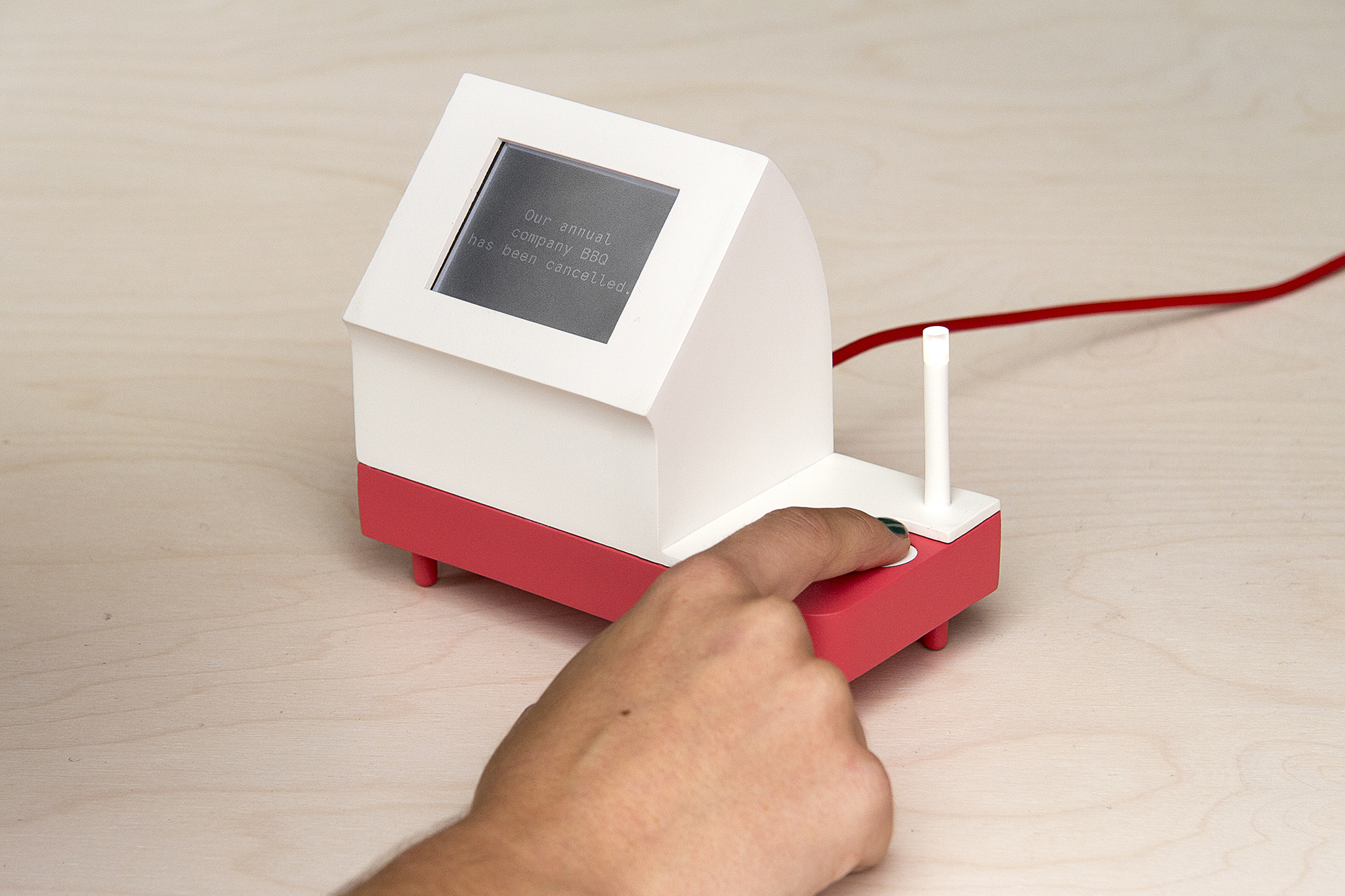
Installed in an office the bot informs employees about dropping share values, failing project aims, exploding expenditures, it fires employees and cancels the office Christmas party. It's programmed and designed to know what humans might need when they receive bad news and to provide consolation with its machine charms to soften the blow.
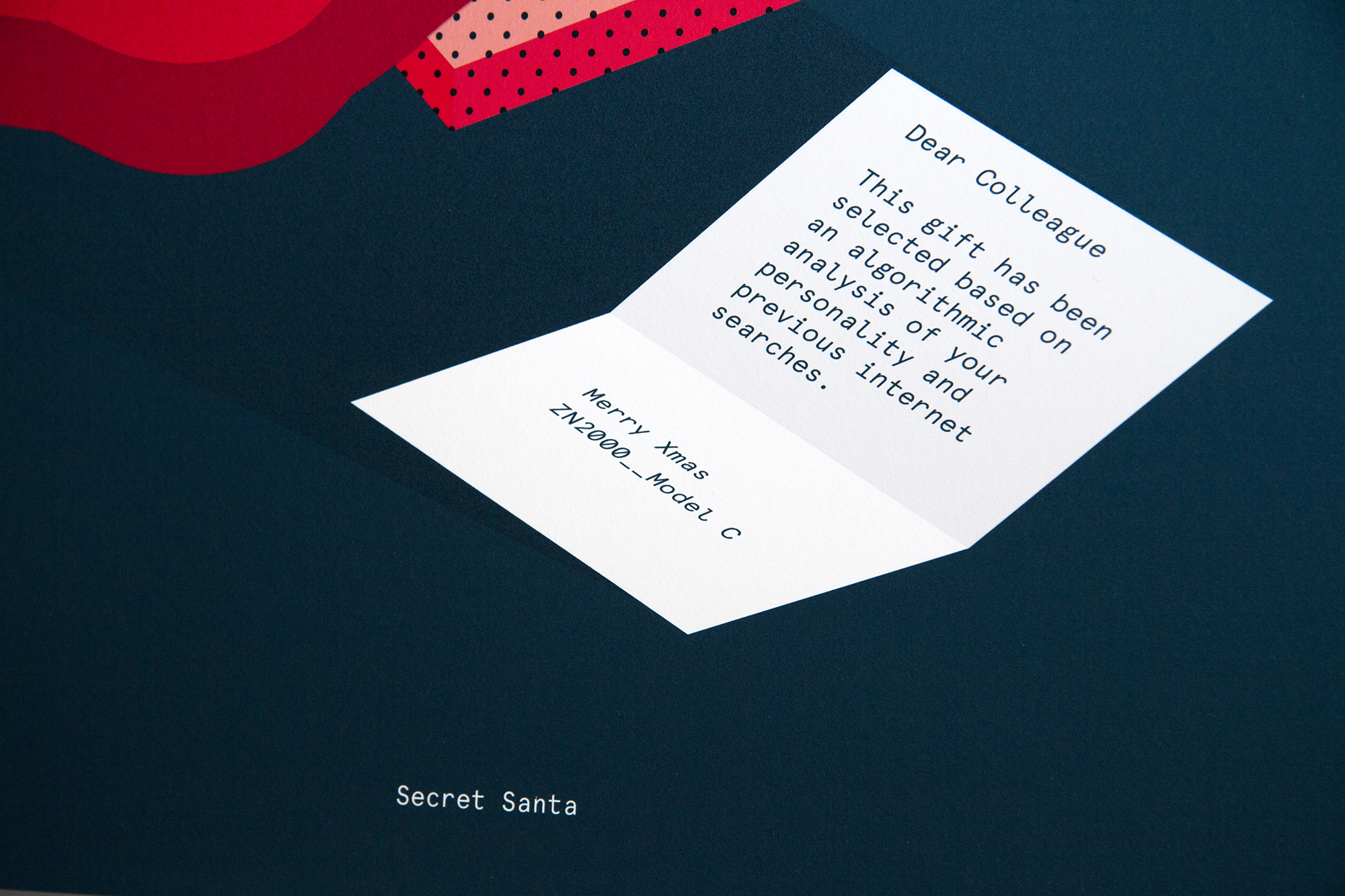
(c) Giulia Garbin